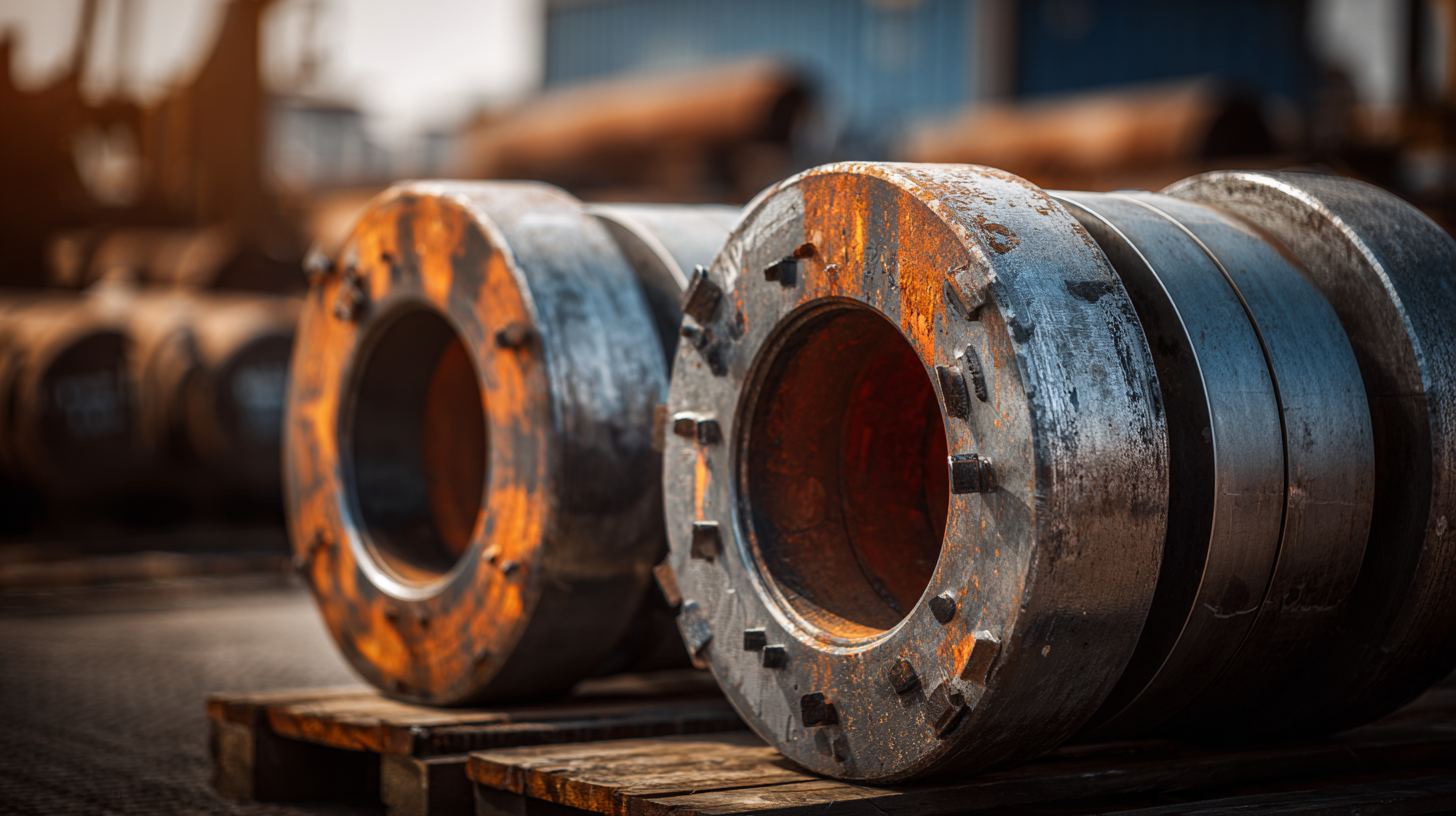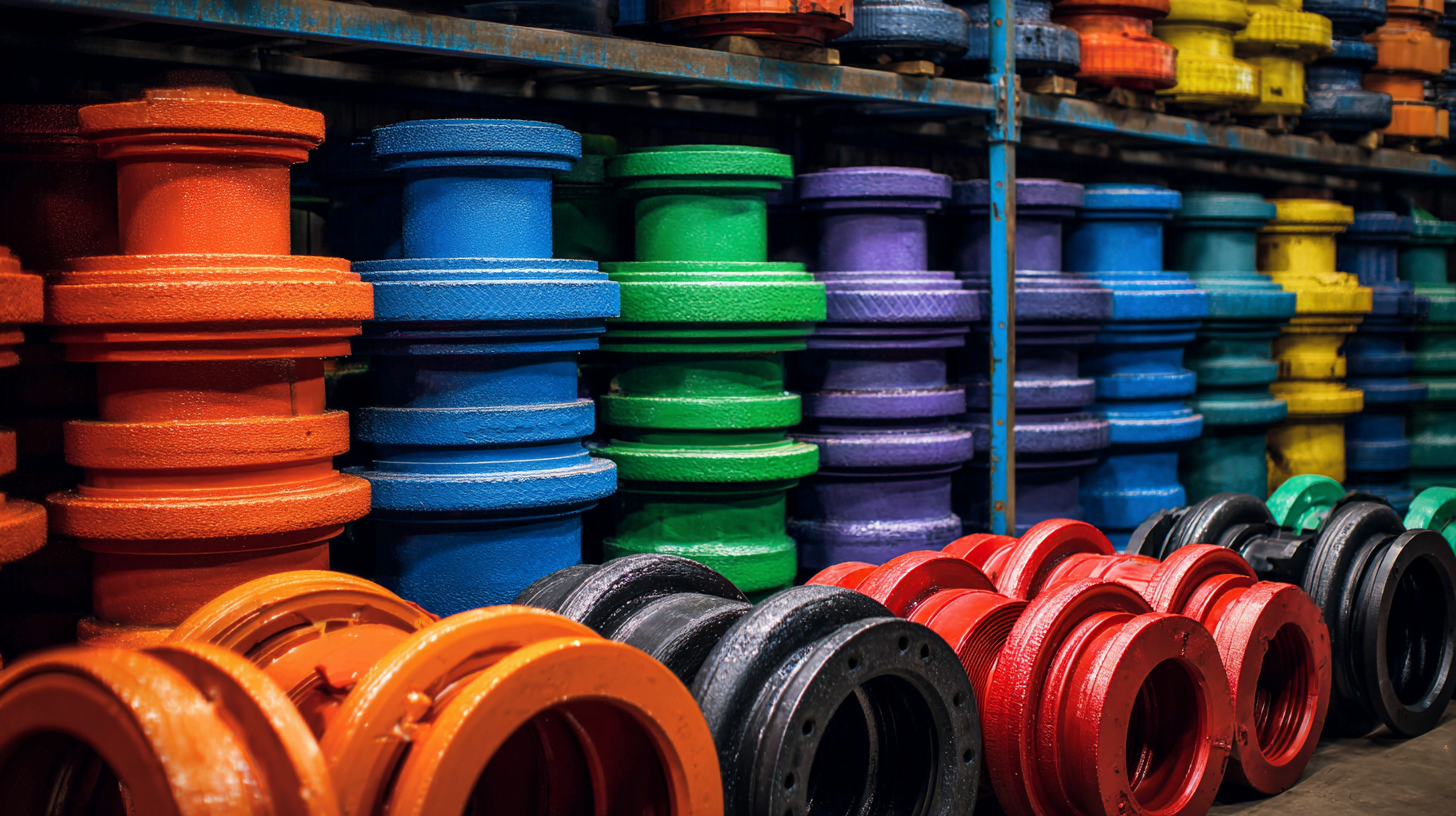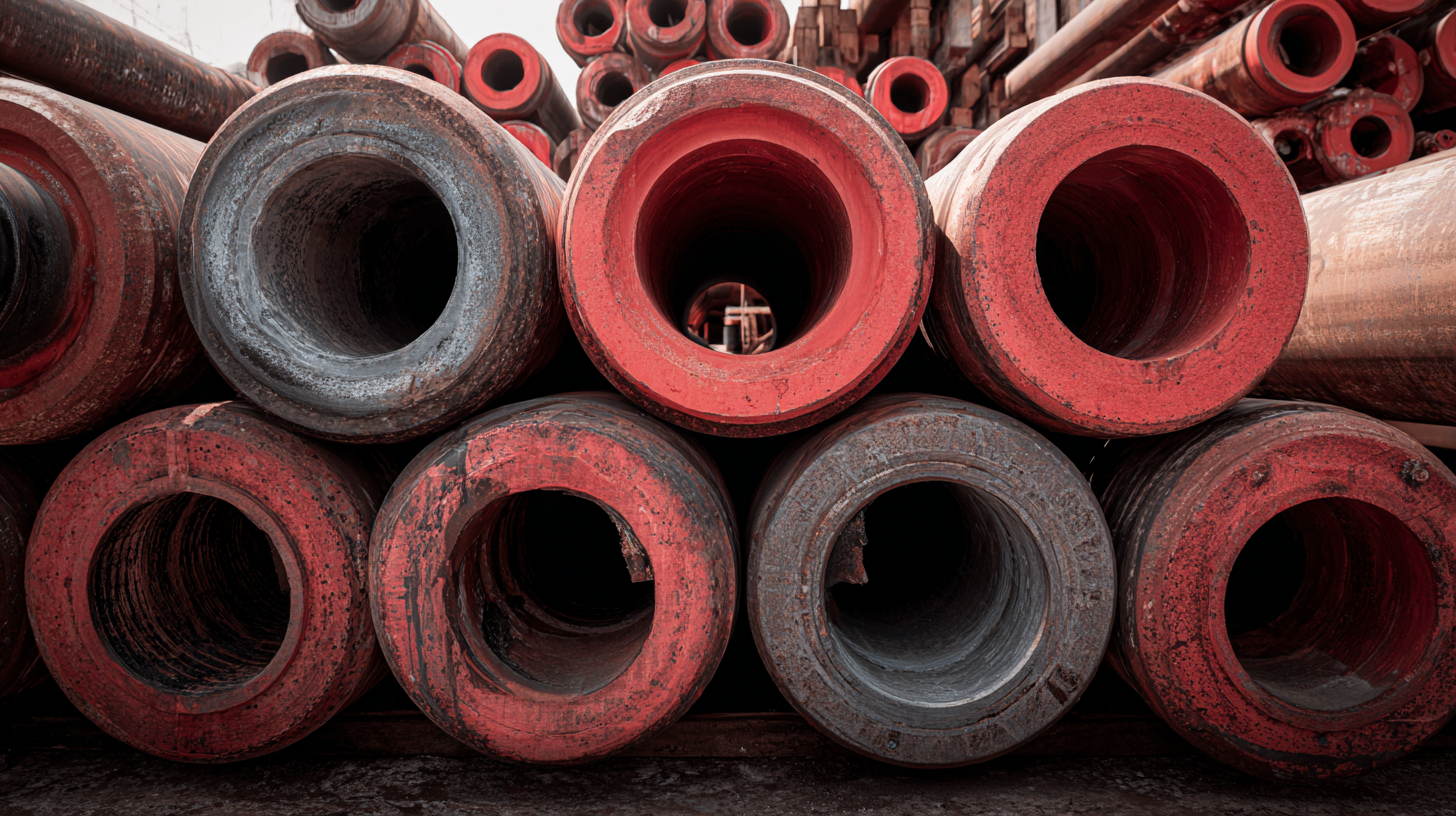Email Id: sale@adctooling.com
In the rapidly evolving industrial landscape, understanding the latest trends is crucial for optimizing operational efficiency. One such component that significantly influences performance is the pipe reducer. These essential fittings play a pivotal role in managing fluid flow and adapting pipe systems to varying sizes. As we approach 2025, it’s imperative for professionals in the field to stay informed about the best pipe reducers available on the market and their impact on system efficiency. This blog will provide a comprehensive comparison of top-performing pipe reducers, equipping readers with a checklist for selecting the most suitable options for their specific applications. By understanding the nuances of these critical components, industries can enhance productivity, reduce costs, and future-proof their operations against emerging challenges. Join us as we explore the key trends and features that define optimal pipe reducer solutions in the coming years.

In 2025, the evolution of pipe reducers will be heavily influenced by advancements in technology and market demands. The hydraulic hose and fittings market, projected to grow by USD 581.3 million from 2025 to 2029, underscores the role of agricultural mechanization and the increasing need for efficient fluid transport systems. This growing market indicates a rising demand for optimized pipe reducers that ensure better flow characteristics and reduce energy consumption.
Additionally, the pre-insulated pipes market is set to expand by USD 5.94 billion from 2025 to 2029, driven by the heightened focus on district heating and cooling systems. This expansion signifies a need for innovations in pipe reducers that enhance thermal efficiency while minimizing installation complexities. As the industry embraces more sophisticated materials and designs, pipe reducers will evolve to meet the rigorous standards set by applications in sustainable energy systems. The coupling of AI with these advancements will further propel market transformation, leading to smarter and more efficient solutions in fluid management systems.
| Pipe Reducer Type | Material | Diameter Range (inches) | Temperature Resistance (°C) | Pressure Rating (PSI) | Efficiency Rating (%) |
|---|---|---|---|---|---|
| Concentric Reducer | Stainless Steel | 2 - 12 | 200 | 150 | 98 |
| Eccentric Reducer | Carbon Steel | 3 - 10 | 250 | 200 | 95 |
| Socket Weld Reducer | Alloy Steel | 1 - 8 | 300 | 250 | 97 |
| Threaded Reducer | Brass | 1/2 - 3 | 120 | 90 | 85 |
| Victaulic Reducer | Plastic | 2 - 16 | 80 | 70 | 88 |
In the evolving landscape of industrial applications, the selection of materials for pipe reducers is pivotal for achieving optimal efficiency. According to a recent report by the Materials Research Society, using high-grade alloys can enhance resistance to corrosion and wear, significantly extending the lifespan of pipe components. For instance, stainless steel pipe reducers demonstrate a 30% improvement in durability compared to standard carbon steel variants, making them a preferred choice in sectors such as oil and gas, where harsh environments are common.

Moreover, the performance of pipe reducers is heavily influenced by their material composition. A study by the American Society of Mechanical Engineers indicates that lightweight materials, such as composite polymers, can improve flow rates by up to 25% when compared to traditional materials. This is particularly advantageous in applications where weight and space constraints are critical. Thus, understanding the implications of material selection not only impacts the engineering efficiency but also supports sustainable practices by reducing maintenance requirements and operational downtimes in industrial settings.
In the ever-evolving landscape of industrial piping systems, the importance of selecting the right pipe reducer cannot be overstated. A comparative analysis of top pipe reducers highlights distinct features and benefits, which are crucial for optimizing efficiency within various applications. For instance, stainless steel reducers are celebrated for their durability and resistance to corrosion, making them ideal for industries that handle aggressive fluids. Their ability to maintain structural integrity over time ensures that operations can run smoothly without frequent maintenance.
On the other hand, plastic pipe reducers present a lightweight and cost-effective alternative. They are particularly effective in applications requiring easy installation and minimal weight on structural supports. Furthermore, their resistance to chemical reactions makes them suitable for many applications in the chemical and pharmaceutical industries. By assessing the features such as flow rate efficiency, pressure handling capabilities, and installation requirements, industries can make informed choices that not only enhance performance but also contribute to long-term cost savings.

Innovative designs in pipe reducers are crucial for boosting system performance, particularly in industries facing increasing demands for efficiency and sustainability. Recent studies highlight the importance of optimizing piping systems to enhance their durability and reliability. For instance, research into expansion loop design has revealed innovative approaches that can significantly improve the performance of piping systems. By implementing these innovations, industries can expect lower maintenance costs and extended lifespan for their infrastructure.
Moreover, the current trend in America indicates a shift towards pipe replacement, resulting in a renewed focus on incorporating advanced materials and technologies into new pipe infrastructures. As reported by the American Water Works Association, the era of pipe replacement is accompanied by the imperative to enhance water management systems. Strategies like decentralized water systems offer potential for improving efficiency and resilience, effectively integrating with novel pipe reducer designs that support these advancements. In this context, the integration of phase change materials and advanced thermal management technologies, previously explored in battery systems, further illustrates the interconnected nature of today’s industrial innovations.
This chart illustrates the efficiency improvement when using different types of pipe reducers. The data reflects the average efficiency metrics obtained from various configurations.
Choosing the right pipe reducer is critical for optimizing operational efficiency and future-proofing your operations. As industries increasingly emphasize sustainability and cost-effectiveness, selecting high-quality reducers can lead to significant reductions in energy consumption and operational downtime. According to a recent report by the National Institute of Standards and Technology, optimizing pipe systems can improve energy efficiency by up to 30%, showcasing the importance of proper component selection in achieving overall system performance.
When considering a pipe reducer, it’s essential to evaluate material compatibility and flow characteristics. Modern materials, such as carbon steel and high-density polyethylene, offer enhanced durability, allowing for increased temperature and pressure handling, which aligns with current industry standards. Additionally, analyzing the flow rate and pressure drop across the reducer can lead to informed decisions that favor smoother operations.
**Tip**: Always choose pipe reducers that match the existing piping system's material to prevent corrosion and ensure longevity. **Another Tip**: Consult with a fluid dynamics specialist to assess the best designs that minimize turbulence and pressure loss. This will enable you to tailor solutions that cater specifically to your operational needs, thereby further enhancing efficiency.